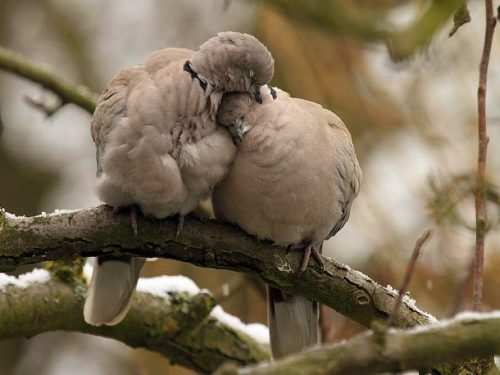Inducing Sleep in Birds
This technique may thus be effective on most birds and it would be of immense help to ornithologists for the study of birds and their ringing, without causing the birds any inconvenience. It causes a hypnotic effect but I am unable to explain it satisfactorily. Both the above-mentioned eminent ornithologists were also puzzled and were unable to explain this phenomenon.

A unique and interesting behaviour of birds was brought to my notice during a discussion I had with some former trappers of southern Rajasthan. The trappers used to secure their catch of Grey Jungle Fowl (Gallus sonneratii) by placing a small flat stone on the ear covert of birds. This used to send the birds to sleep and also stop them from alerting other birds from the trap. They were later collected and sold in the market. To verify this, I tried out experiments on Domestic Fowl, Redvented Bulbul (Pycnonotus cafer) and House Sparrow (Passer domesticus). I later tried to demonstrate them to Dr. Salim Ali and Mr. Humayun Abdulali, both leading ornithologists of Bombay Natural History Society.
A domestic fowl was made to lie on the ground and a small flat stone, weighing about 7 gm, was placed on its ear covert. The bird became inactive and went to sleep immediately. It was observed that the bird closed and turned its toes and moved its tarsus slowly in the air in sleep. The bird was allowed to sleep for about 45 minutes during which it was not secured by a string.
A small stone usually rolls off and thus becomes ineffective. A heavier stone weighing about 20 gm would hold on more firmly and would be more effective. A fingertip with a slight pressure would also bring about the same result.
The same technique was used on Redvented Bulbul and House Sparrow. It put them to sleep almost immediately and proved very effective. A small stone weighing 2.5 g was used in these cases.
I later used a simpler device in place of a stone or coin. A length of thin steel strip was bent in the middle to form a narrow horseshoe. An elastic band was put around both sides of the strip in the middle to act as a spring and exert pressure. Two small cardboard pieces were fixed to both ends of the bent strip to cover more surface area. This device was used on House Sparrow and it rendered the bird inactive. Thus this simple device can be used effectively instead of stones and coins.
This technique may thus be effective on most birds and it would be of immense help to ornithologists for the study of birds and their ringing, without causing the birds any inconvenience. It causes a hypnotic effect but I am unable to explain it satisfactorily. Both the above-mentioned eminent ornithologists were also puzzled and were unable to explain this phenomenon.
Published in Journal of Bombay Natural History Society:
Tehsin, R. H. (1988) Inducing Sleep In Birds. J. Bom. Nat. Hist. Soc. 88: 435 – 436
To join us on Facebook Click Here and Subscribe to UdaipurTimes Broadcast channels on GoogleNews | Telegram | Signal


